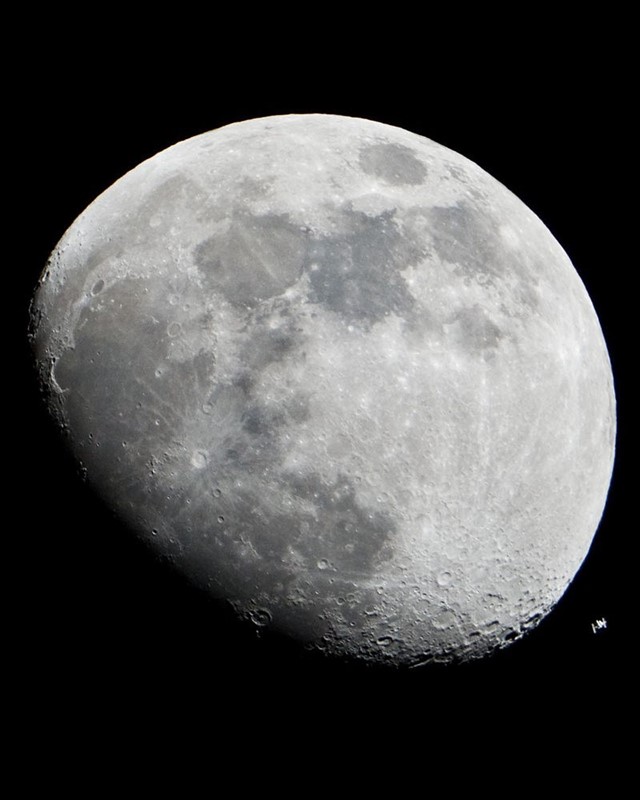New research says that the moon is getting smaller, and the resulting earthquakes could pose a grave threat to astronauts
The moon is steadily shrinking, according to a new study published in the Planetary Science Journal. As a result, Earth’s only natural satellite is apparently plagued by ‘moonquakes’ and landslides, caused by the contraction of its surface. This could hinder future landing efforts (which are already facing some setbacks) and needless to say you’ll want to keep it in mind when deciding where to build your moon villa, when the time comes. But why is it actually happening?
The moon has been steadily shrinking for hundreds of millions of years, as a result of its iron core cooling over time. In the past few hundred millennia, its circumference has decreased by an estimated 45 metres. That might not sound like much – a trip around the moon’s equator would take you almost 11,000 kilometres – but it has a more significant impact on the surface.
Scientists say that the lunar surface is becoming more “creased” as the moon shrinks (think: a grape wrinkling up as it dries out and shrinks into a raisin). This causes what are called “thrust faults”, unstable areas on the surface, where any movement in the moon’s depths can trigger vast quakes. Potentially, this could also lead to landslides lasting hours on end.
As pointed out in the new study, this activity could have some crucial implications when it comes to putting humans back on the moon, and even establishing a permanent base. Both of these goals are central to the mission of international space agencies in coming years, with NASA’s crewed Artemis 3 mission scheduled to touch down as early as 2026.
When it comes to establishing a colony, the southern pole of the moon is often considered the most promising site for settlement. The rim of the Shackleton crater, specifically, gets constant sunlight, which would be a huge help with solar-powered machinery, while its base is always in shadow, offering opportunities for an ice-based water source. However, the new study raises a problem: the steep, four-kilometre walls of the Shackleton crater might be particularly at-risk from seismic activity caused by a shrinking moon.
“Our modelling suggests that shallow moonquakes capable of producing strong ground shaking in the south polar region are possible,” says Thomas Watters, a senior scientist emeritus at the National Air and Space Museum’s Center for Earth and Planetary Studies, and a co-author of the recently-published paper. “The global distribution of young thrust faults [...] should be considered when planning the location and stability of permanent outposts on the Moon.”
As @NASA plans to send astronauts to the lunar South Pole region through the #Artemis mission, data from NASA's Lunar Reconnaissance Orbiter (LRO) is helping scientists better understand this part of the Moon.
— NASA Marshall (@NASA_Marshall) January 27, 2024
Read about the LRO's moonquake findings >> https://t.co/15unrjxJpn
Professor Nicholas Schmerr of the University of Maryland, who is also an author on the study, adds to the concerns. “You can think of the moon’s surface as being dry, grounded gravel and dust,” he explains. This is partly caused by the surface being peppered with asteroids and comets over billions of years. “As a result, the reworked surface material can be micron-sized to boulder-sized, but it’s all very loosely consolidated.”
The looseness of this surface material makes it especially vulnerable to landslides, Schmerr adds. “As we get closer to the crewed Artemis mission’s launch date, it’s important to keep our astronauts, our equipment and infrastructure as safe as possible.” This could include manufacturing new structures, which are better designed to withstand seismic activity, or making sure that astronauts stay away from particularly dangerous zones. Luckily, the moon’s shrinking is unlikely to have much effect here on Earth, at least for the next few million years.




